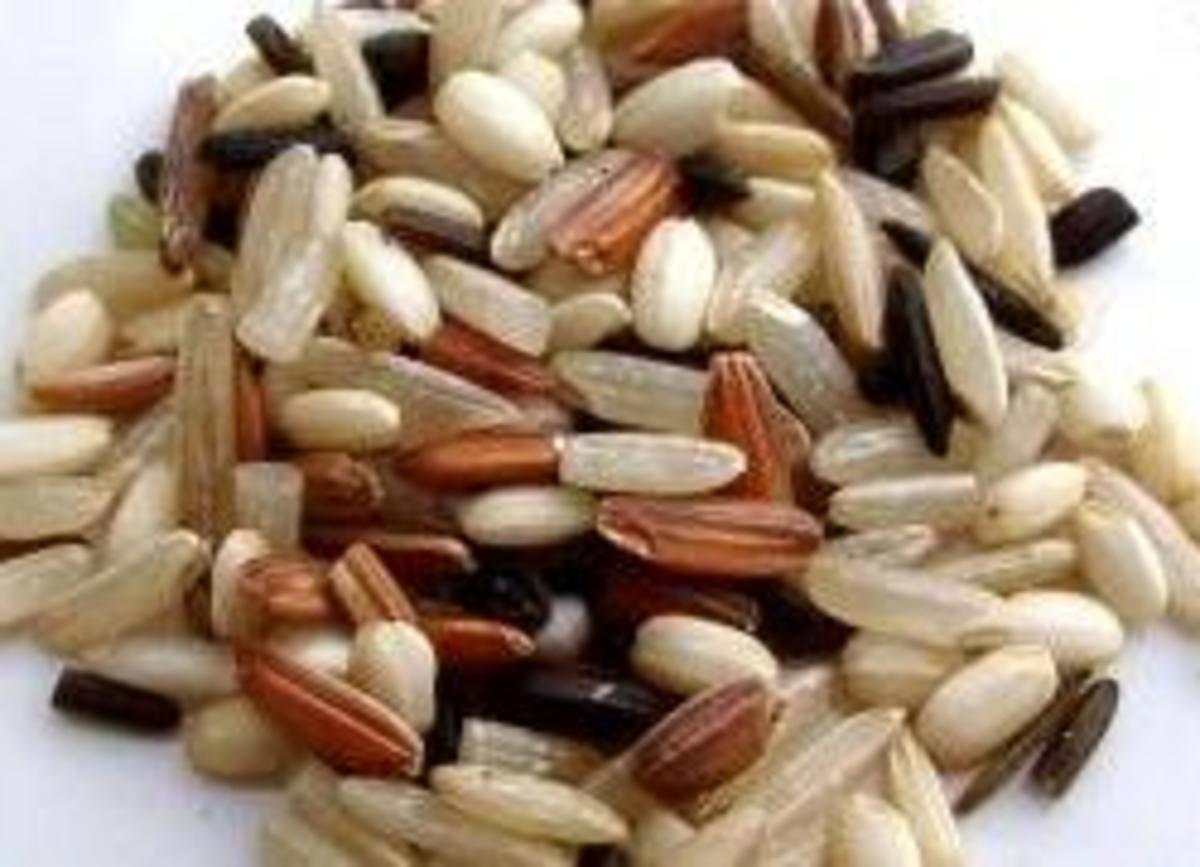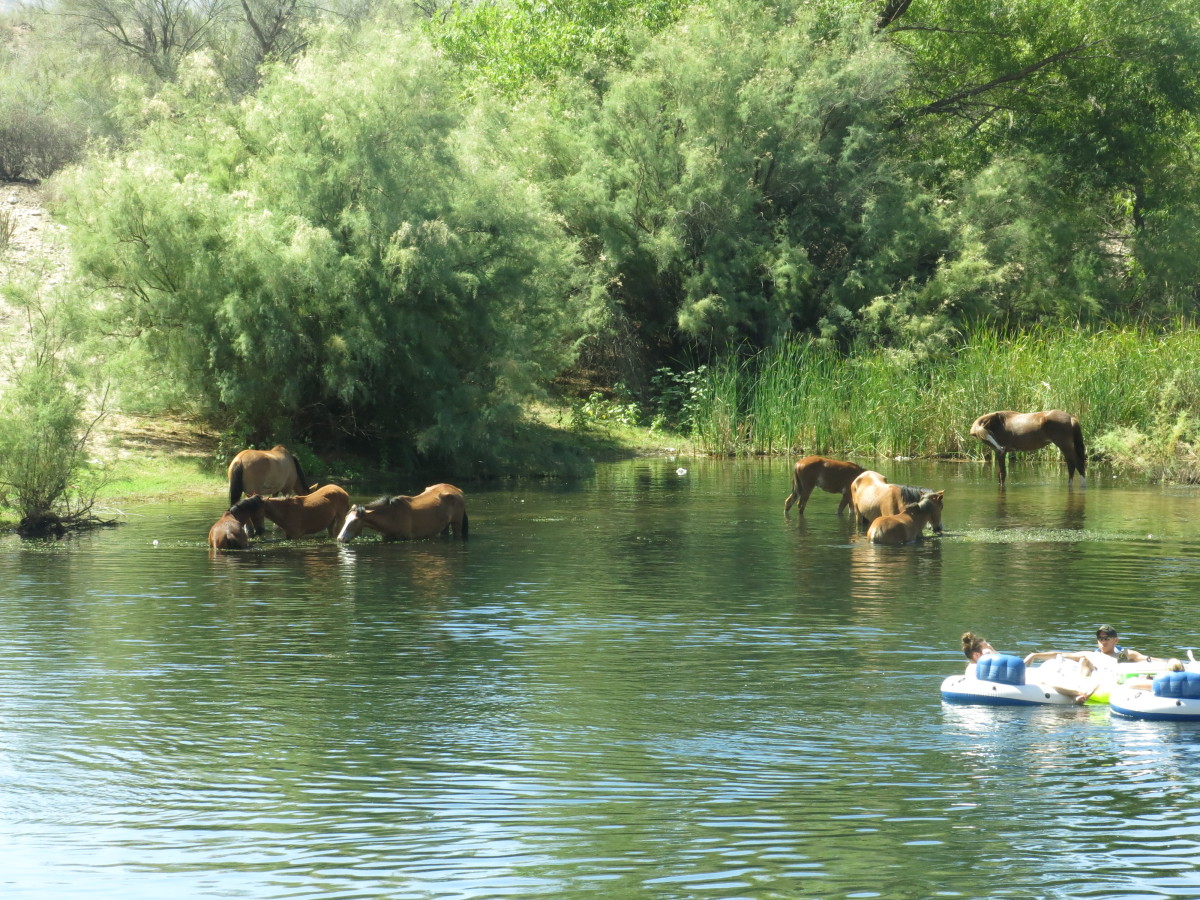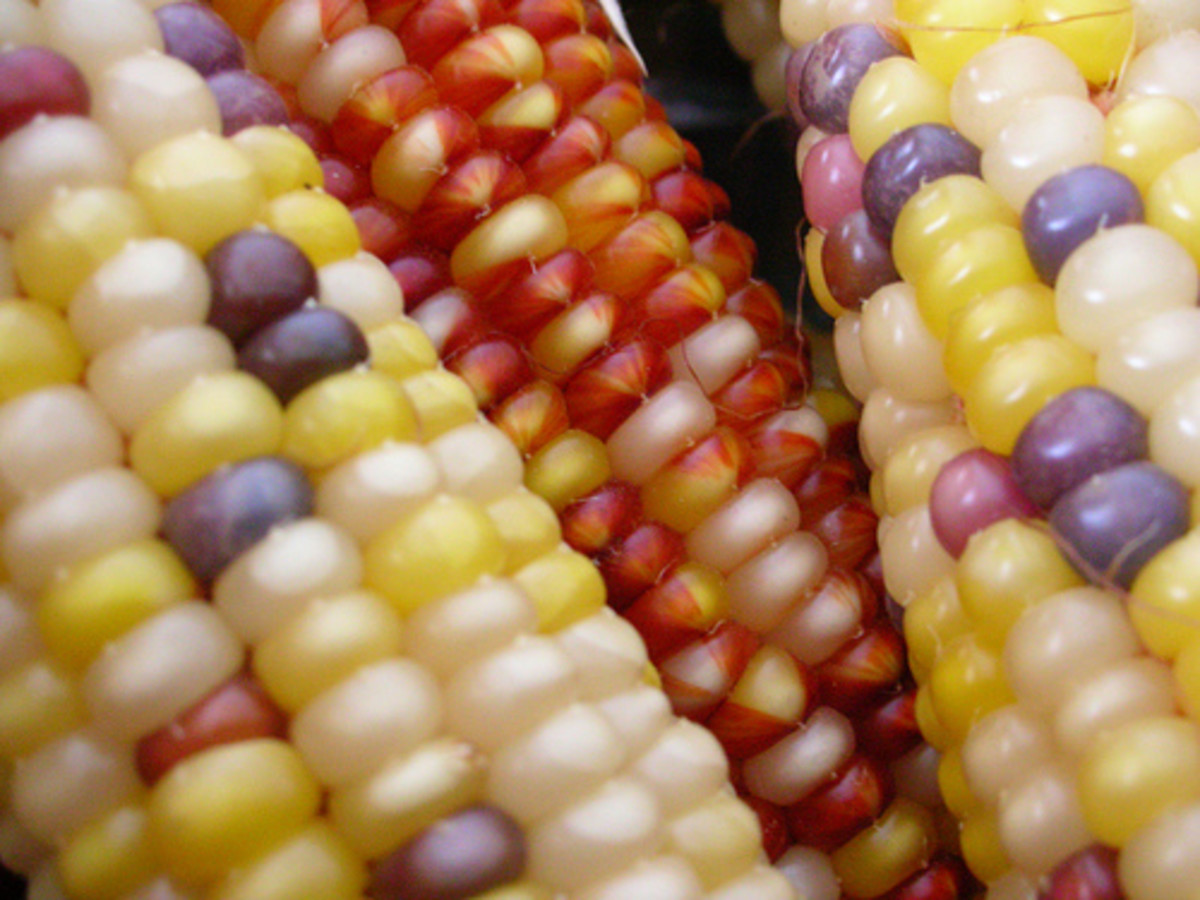Wild Rice

History and Background
Many of us in the United States did not grow up eating wild rice, or considered it only as a special occasion or holiday tradition food (my mother would sometimes use it in stuffing for the turkey at Thanksgiving and Christmas). And in my house, at least, it was considered rare and expensive. Fortunately, as its growing area is beginning to expand significantly, this highly nutritious grain is now plentiful (four million pounds are harvested each year) and becoming cheaper. And with ninety per cent of the world's food supply coming from only fifteen different species of plants, by choosing to experiment in our meals with grains such as wild rice, we can encourage the planting of more species of plants, to better safeguard our food supply and increase biodiversity. In addition, by buying this unusual cereal, we are contributing to the economic development and financial independence of some of the indigenous American peoples who are experiencing massive hardship.
Wild rice is not really a kind of rice, botanically speaking, but a grass that grows in slow-moving water; sometimes only the very tops of the grasses peek out above the surface of the water. This grain comes in four species, including three native to North America (one native to Texas, which is now endangered because of the loss of habitat and increasing pollution, and is now restricted to a small area near San Marcos, Texas), and one species native to China. (The Chinese variety is almost extinct in China itself, but is now growing as an invasive exotic weed in New Zealand.) The variety most commonly available in stores grows in the Great Lakes region of the United States and Canada, and is typically still harvested in the same way that Native Americans have harvested it, by canoeing into the plants, and using a knocker to gently brush the grains into the canoe. Some Native Americans still consider this cereal plant sacred, and it is thought that the plant called "tares" in the Bible may be a species of this plant (the Greek word is Zizania, which is the genus designation for wild rice). In fact, grains of this plant have been found in excavations dating back to the year 10,000 B.C.!
In fact, many places in the northern United States and in Canada get their names from different Native American words for this food, including the state of Minnesota, where it grows most abundantly!
Why So Rare?
This grass is very difficult to harvest, because it is so fragile. Harvesters cannot use motorized boats or any motorized equipment, which might uproot the stalks, and make the grains inaccessible. So harvesters must paddle in to the field, and harvest each stalk by hand. In addition, because this grass is so delicate, it is extremely sensitive to any degradation of its environment (warming, pollution, or changes in the availability of pollinators). That also makes the crop difficult to cultivate commercially, which means relying on an ever-shrinking undeveloped wetland environment for grain production. And finally, because it is a natural grain, the seeds mature at different times, rather than all at once, so that each year the crop requires multiple harvestings.
A hybrid variety has been in cultivation for some years, which is more easily grown commercially (nineteen million pounds of the hybrid grain are harvested annually). However, there is a distinct degradation in the quality and taste from the original Ziziana varieties, so if you value subtlety, it is worth your while to buy the real thing!
Nutrition and Taste
Wild rice is very high in protein, fiber, and several B vitamins, has a delicious nutty taste, is easy to prepare, and is excellent with a wide variety of seasonings. It is cooked much like the regular kind, and may be served in place of it in just about any recipe (my favourite way is to cook it with lavender and thyme or Herbes de Provence, and sprinkled with walnuts or pecans to serve). Try cooking it in place of the plain white varieties, and enjoy the delicious nutty taste and the boost to your nutrition!
Read More about This Special Cereal

Don't Be Bamboozled!
Most of what passes for wild rice is harvested prematurely so that the heads can withstand the combine machine, and it is less desirable because the prematurely-harvested grains are so green that they take longer to process before it ever reaches the store, take longer to cook, and have very few nutrients compared with that harvested when ripe. If you want to be sure that you are helping to support the cultivation and natural harvesting of real, traditional wild rice, and the economic viability of indigenous American tribes, be sure to buy from a native harvest source!
This content is accurate and true to the best of the author’s knowledge and is not meant to substitute for formal and individualized advice from a qualified professional.
© 2010 classicalgeek








